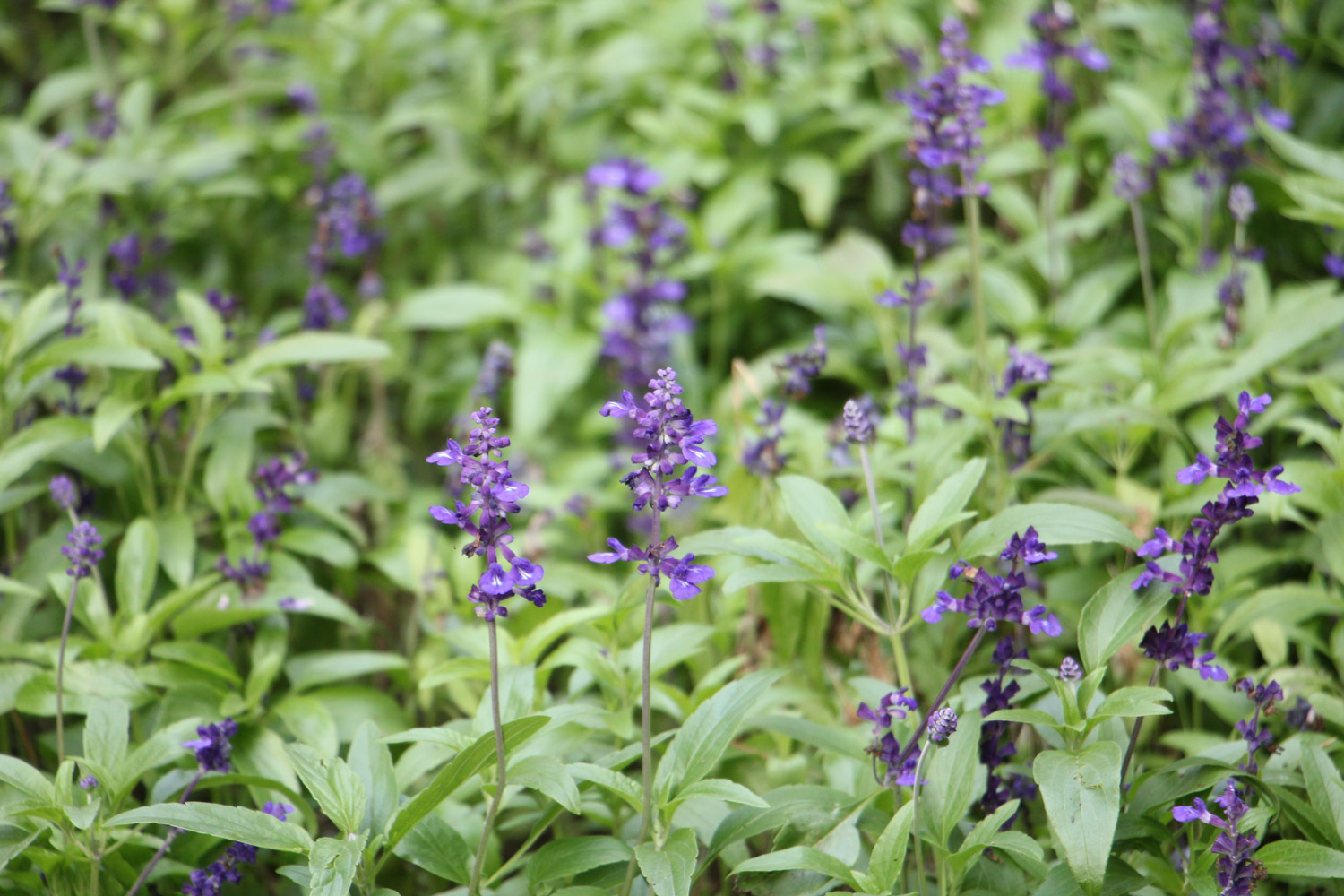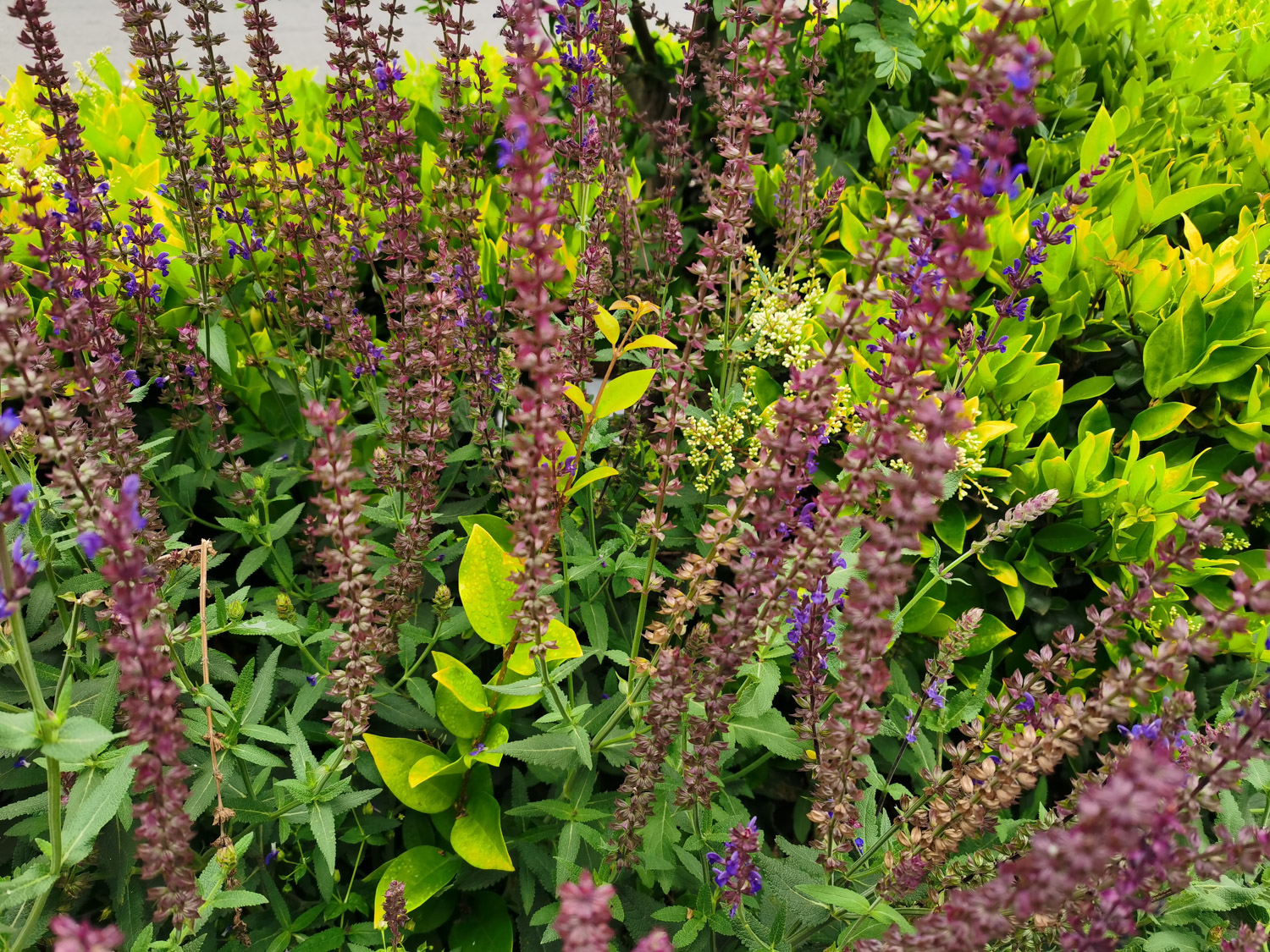Seed reproduction
Sage is usually sown in spring and early autumn
Before sowing, in order to improve the emergence rate and early emergence, the seeds can be soaked in warm water at 50 ℃. When the temperature drops to 30 ℃, wash them with clean water for several times, and then put them into germination at a constant temperature of 25 ~ 30 ℃ or soak them in clean water for 24 hours before sowing. Direct seeding or seedling transplanting
Because the seeds of sage are small, it should be sown shallow. After sowing, cover with thin soil and sprinkle water frequently to keep the soil moist


Cutting propagation
From May to June, select the top tip that is not too tender at the top of the branch, with a length of 5 ~ 8 cm, cut it at the lower part of the stem node, remove 2 ~ 3 leaves at the base, and the plant spacing is 5 cm according to the row × 5 cm, inserted into the seedbed, 2.5 ~ 3 cm deep
Water after planting, and cover with plastic film for moisture retention. Plant with appropriate density after sending out new roots in 20 ~ 30 days

Field management
After planting, loosen the soil and weed in time
Proper irrigation shall be carried out in case of drought, and timely drainage must be carried out after rain. In the growing season, apply fertilizer 2 ~ 3 times according to the situation, and about 5kg urea can be applied per mu each time
In the north of the Yangtze River, it is necessary to cultivate soil for overwintering in winter. Generally, 20 cm high soil is cultivated after aboveground harvest and irrigation before winter freezing. After the end of frost in the next spring, the soil is removed and watered to make the germination grow. South China does not need to be covered safely

 how many times do yo...
how many times do yo... how many planted tre...
how many planted tre... how many pine trees ...
how many pine trees ... how many pecan trees...
how many pecan trees... how many plants comp...
how many plants comp... how many plants can ...
how many plants can ... how many plants and ...
how many plants and ... how many pepper plan...
how many pepper plan...



























